This 55-Year Old Putter Went Up Against Today's £400 Equivalent. Here's What Happened...
Joe Ferguson rewinds the clock to test the putter that changed the course of history and see if it still performs to a high level


In the third instalment of our Retro Review series, we revisit possibly the most iconic putter of all time – the Ping Anser. Designed by Ping founder Karsten Solheim in 1966, just about every putter produced since has featured at least one element of the Anser, so we wanted to put it up against a modern-day equivalent to see if it could still compete.
WATCH: Joe Ferguson compares the original Ping Anser putter against the recent PLD Anser from long and short range
Original launch date: 1966
Original RRP: $175 approx
Price we paid: £67.99 from GolfClubs4Cash
Who used it on tour? Gene Littler and 1969 Masters Champion George Archer were the first adopters, with countless others following suit.
What was the tech?
The Anser was the first of a kind, featuring an offset hosel that provided a clean view of the face. The cavity-back design also featured a low centre of gravity and lines parallel to the face to help with alignment. The Anser has gone on to become the most successful putter in golf history, with more than 500 tour wins, including 19 men’s Major Championships.
How did it perform?
To see how well the original Ping Anser had stood the test of time we pitted it against the current iteration, the Ping Anser PLD putter. Both were 34in long and results were certainly surprising. While difficult to provide a really accurate, scientific test with a putter due to the associated variables in this part of the game, we started at the PGA Tour ‘50% make’ range of 8ft. From here, the original Anser made nine out of ten, which was hugely impressive. The PLD version also performed admirably with seven out of ten so this was a reasonable victory for the old-timer!
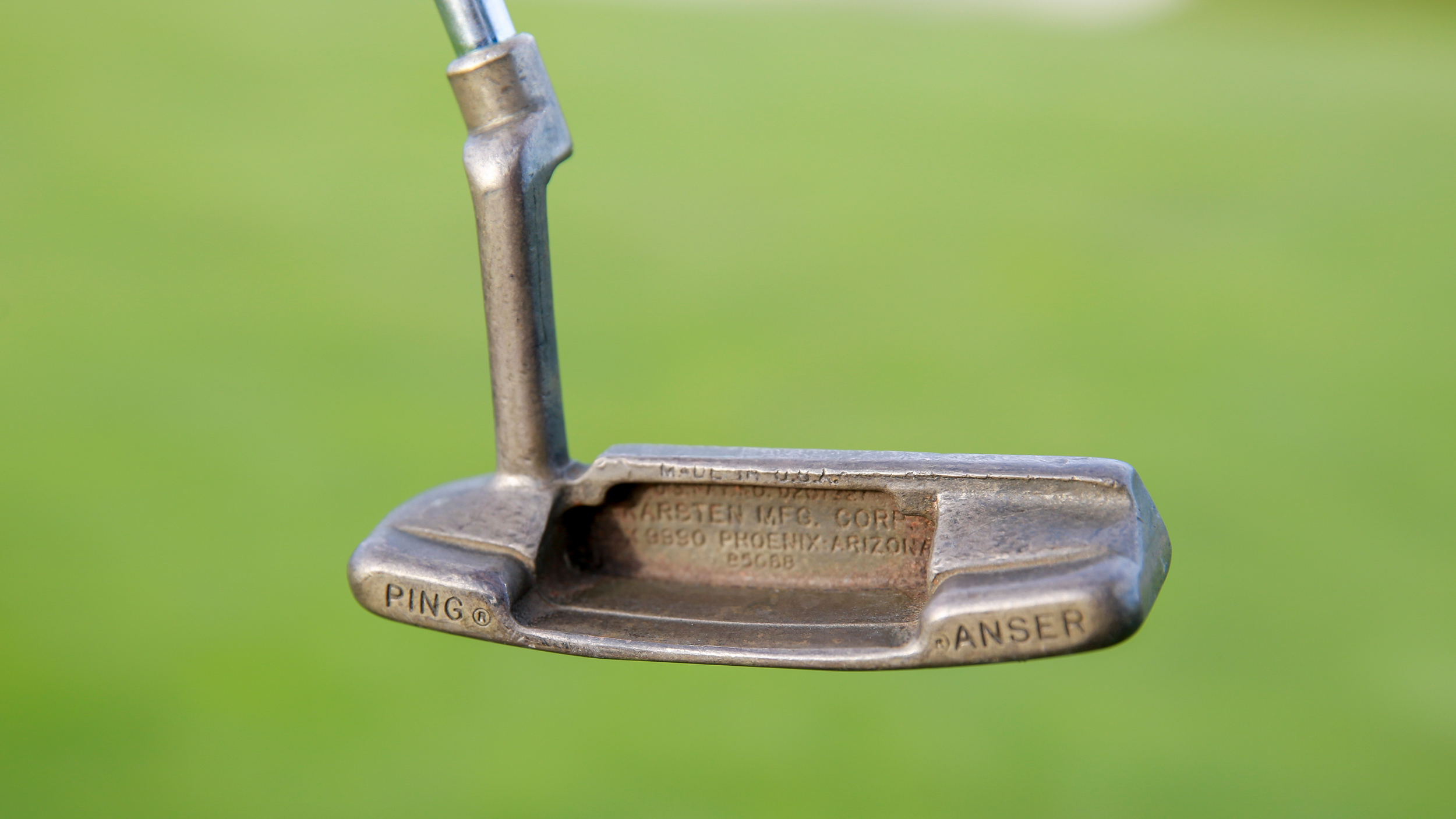
We then headed back to 80ft for a challenging putt up and over a tier, hitting six putts with each and adding up the total footage from the hole to find a winner. Incredibly, it was a dead heat with both coming in at 24 feet.
In terms of the unquantifiables, we felt the PLD had a slightly more subdued and sophisticated feel and sound, although the original Anser’s higher pitch was quite refreshing. Dimensions and head shapes were basically identical, but we preferred the PLD’s slightly crisper lines.
Get the Golf Monthly Newsletter
Subscribe to the Golf Monthly newsletter to stay up to date with all the latest tour news, equipment news, reviews, head-to-heads and buyer’s guides from our team of experienced experts.
Conclusion
As ever, this was a nice, nostalgic experience but the main reason for these comparisons is to see if older clubs still have merit. The answer was a resounding yes. From a pure test point of view, the old Anser was as good as, if not better than, the modern-day PLD. From a looks and feel perspective, the PLD is undoubtedly a more refined product. But with a £67.99 price tag, the original Anser could still do a great job on the greens with a new grip fitted.

Joe has worked in the golf industry for nearly 20 years in a variety of roles. After a successful amateur career being involved in England squads at every age group, Joe completed his PGA degree qualification in 2014 as one of the top ten graduates in his training year and subsequently went on to become Head PGA Professional at Ryder Cup venue The Celtic Manor Resort. Equipment has always been a huge passion of Joe’s, and during his time at Celtic Manor, he headed up the National Fitting Centres for both Titleist and Taylormade. He’s excited to bring his knowledge of hardware to Golf Monthly in the form of equipment reviews and buying advice.
Joe lives in North Devon and still plays sporadically on the PGA West region circuit. His best round in recent years came earlier in 2023 where he managed a 9 under par 63 at Trevose GC in a Devon & Cornwall PGA Tournament.
Joe's current What's In The Bag?
Driver: Switch between TaylorMade Qi35 and Callaway Elyte TD - both with Fujikura Ventus Black 6-X
Fairway wood 1: TaylorMade BRNR Copper Mini Driver - Fujikura Ventus Black 7-X
Fairway wood 2: Callaway Apex UW 17˚- Fujikura Ventus Black 9-X
Irons: TaylorMade P7CB 3-PW with Dynamic Gold Tour Issue X100 shafts
Wedges: Callaway Opus 50, 54, and 60 degrees - Project X LS 6.0 shafts
Putter: LAB Golf Oz.1 (zero shaft lean)
Ball: TaylorMade 2024 TP5x
Grips: Golf Pride Tour Velvet 60R
Bag: Vessel Player IV Pro DXR Stand
-
 Will Rangefinders Significantly Help The PGA Tour's Slow Play Issue? Scottie Scheffler Says No, But He Knows What Will...
Will Rangefinders Significantly Help The PGA Tour's Slow Play Issue? Scottie Scheffler Says No, But He Knows What Will...Rangefinders will be allowed in a PGA Tour event for the first time at this week's RBC Heritage, but Scheffler isn't convinced they will speed up play that much
By Jonny Leighfield
-
 'His Game Is Futureproof' - Padraig Harrington Predicts Rory McIlroy Could Go On And Win '10 To 15 Majors'
'His Game Is Futureproof' - Padraig Harrington Predicts Rory McIlroy Could Go On And Win '10 To 15 Majors'The three-time Major winner had nothing but praise for his fellow Ryder Cup player, with Harrington envisaging that McIlroy could carry on at the highest level for a good few years
By Matt Cradock
-
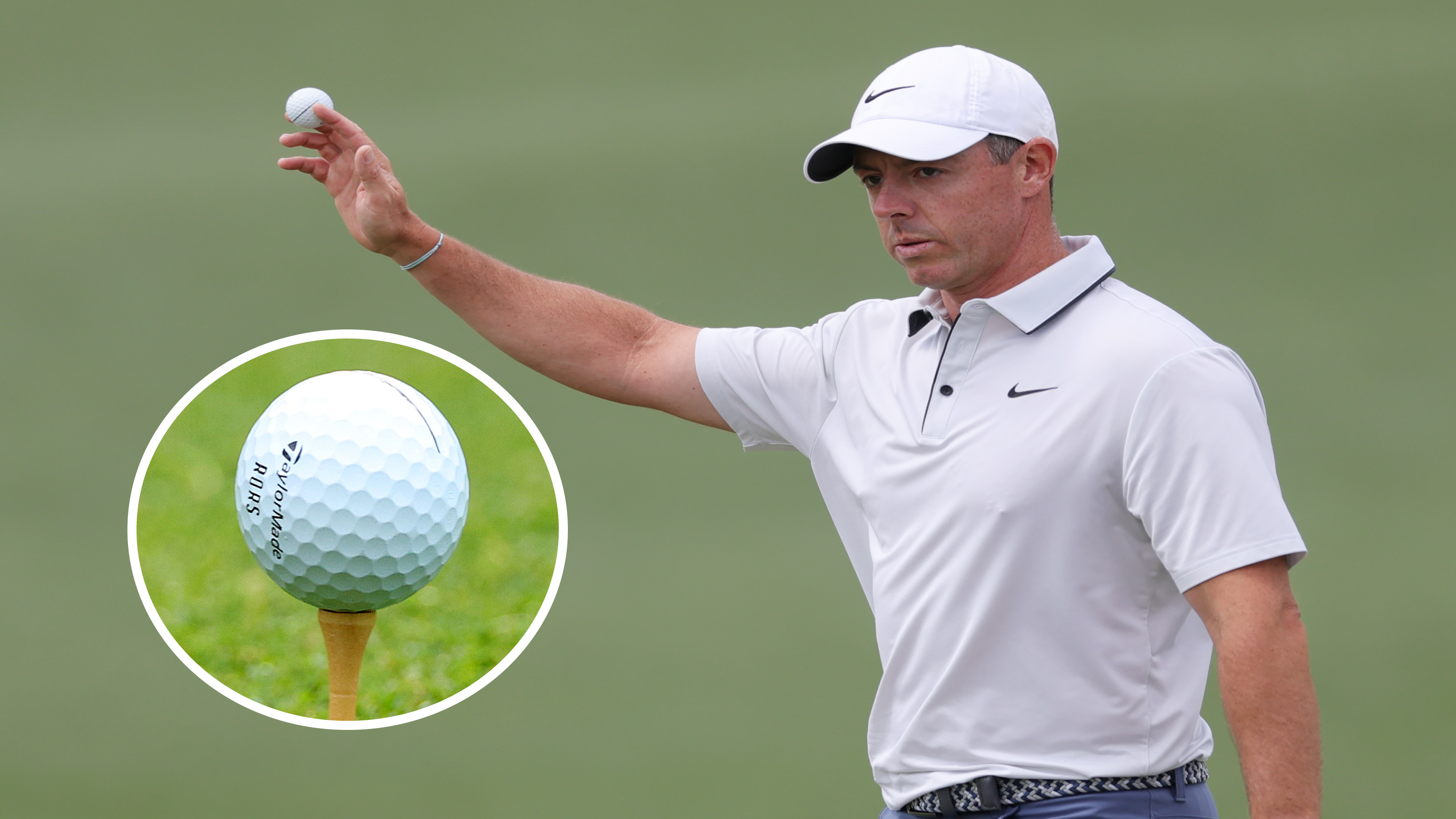 Could This 'Stumbled Upon' Equipment Switch Finally Land Rory McIlroy the Grand Slam?
Could This 'Stumbled Upon' Equipment Switch Finally Land Rory McIlroy the Grand Slam?Rory McIlroy made a golf ball change earlier this season that has reignited his wedge play and it could be about to pay off in the most dramatic possible way…
By Joe Ferguson
-
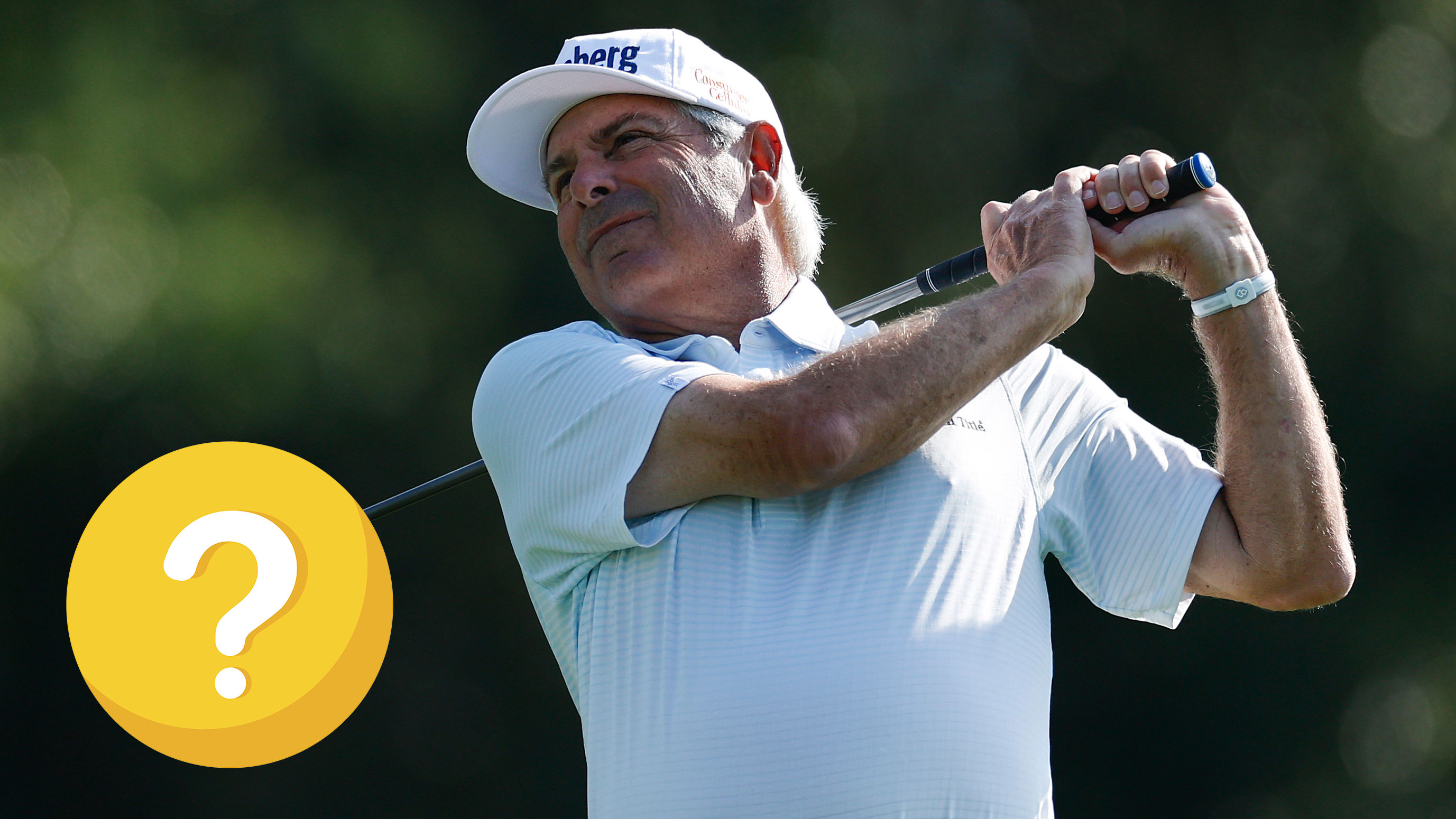 Real Players Use Long Irons, Right? Well, Fred Couples Nearly Made The Cut At The Masters At 65 Years Old, And His Longest Iron Is A…
Real Players Use Long Irons, Right? Well, Fred Couples Nearly Made The Cut At The Masters At 65 Years Old, And His Longest Iron Is A…Both Couples and Bernhard Langer turned back the clock brilliantly over the first two days at Augusta National and did so with some interesting bag setups.
By Joe Ferguson
-
 I Built Tiger Woods’ 2019 Masters Winning Bag From The Second-Hand Market!
I Built Tiger Woods’ 2019 Masters Winning Bag From The Second-Hand Market!PGA Professional Joe Ferguson has been taking a deep dive into Tiger’s bag for arguably the greatest victory of his career…
By Joe Ferguson
-
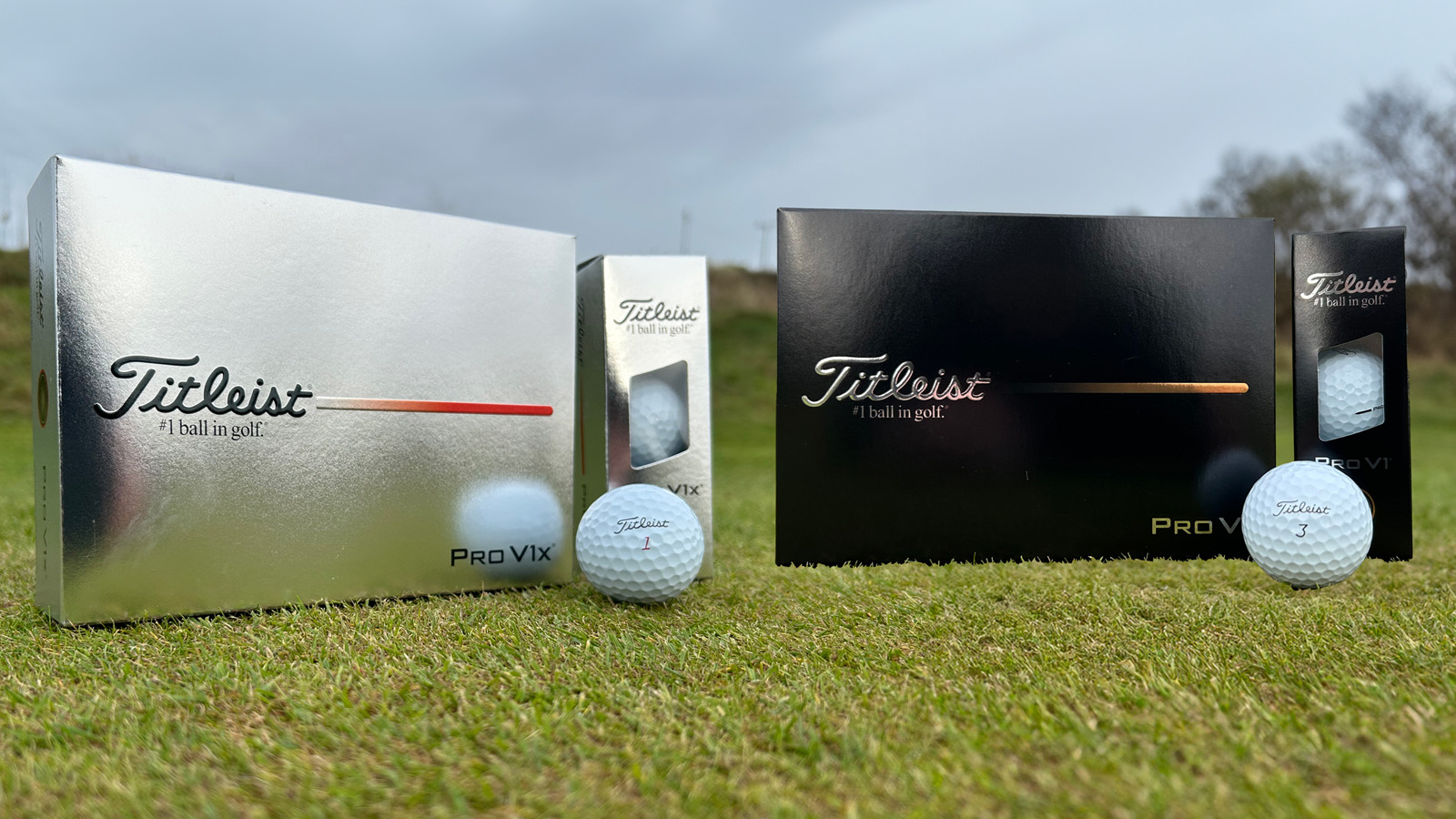 How Titleist 'Used Every Tool In The Toolbox' To Enhance The New Pro V1 And Pro V1x Golf Balls
How Titleist 'Used Every Tool In The Toolbox' To Enhance The New Pro V1 And Pro V1x Golf BallsAfter months of testing and tour validation the new Titleist Pro V1 and Pro V1x golf balls are set to launch, but what's new? We explain all
By Sam De'Ath
-
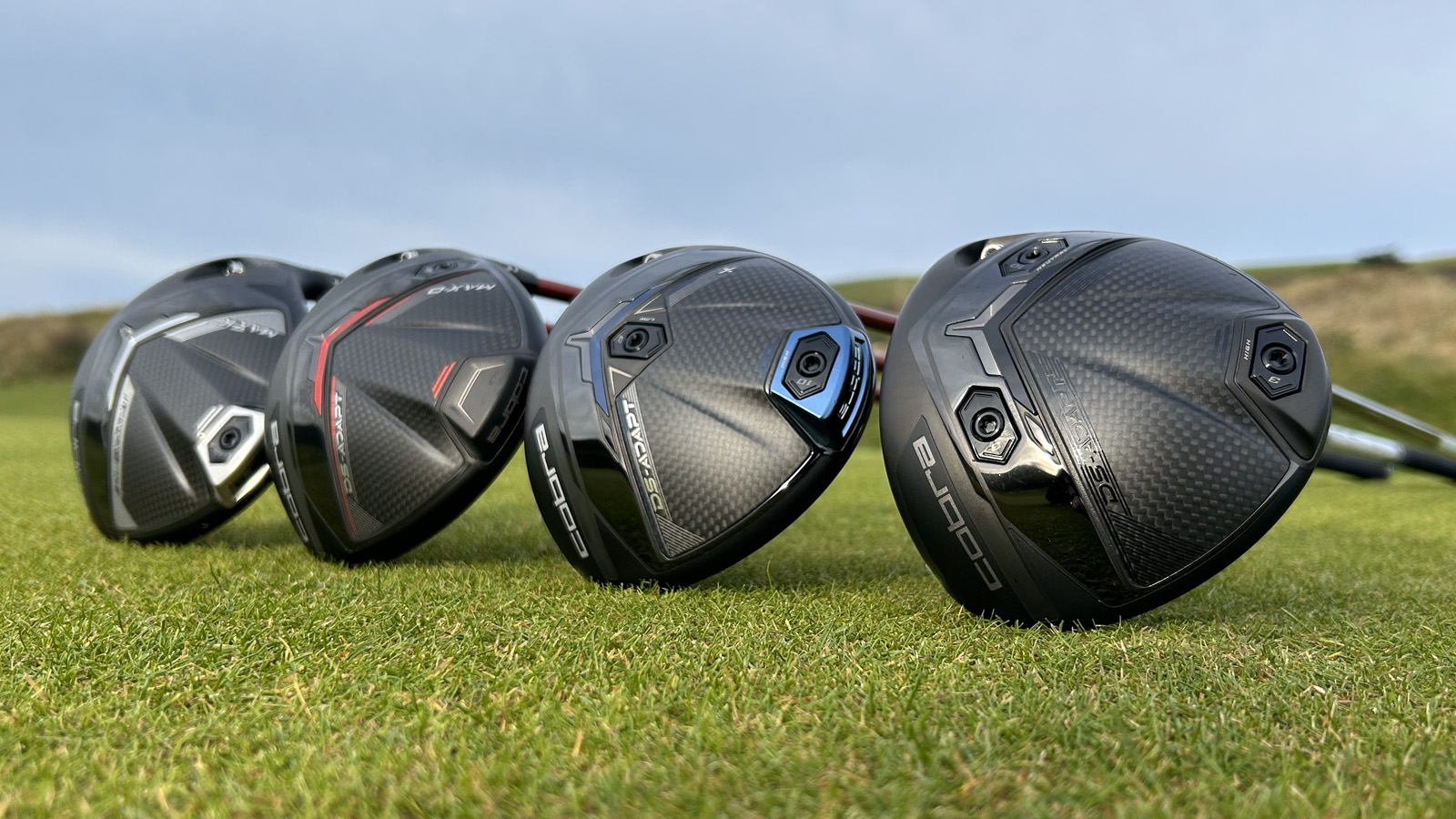 How The New Cobra DS-ADAPT Range Looks To Have Changed Driver Fitting Forever
How The New Cobra DS-ADAPT Range Looks To Have Changed Driver Fitting ForeverWith a revolutionary hosel design and refined aerodynamics, the Cobra DS-ADAPT may just become the standout driver in 2025
By Sam De'Ath
-
 £39 Vs £169 Wedge Test... Surprising Results!
£39 Vs £169 Wedge Test... Surprising Results!In his latest Retro Review, Joe Ferguson sees if the original Vokey wedge picked up for just £39 can compete with the modern equivalent four times the price
By Joe Ferguson
-
 7 Useful Golf Rangefinder Features You Never Knew About
7 Useful Golf Rangefinder Features You Never Knew AboutThink you know everything a rangefinder can do? Think again. We've got seven of the best features currently available on the best modern rangefinders
By Dan Parker
-
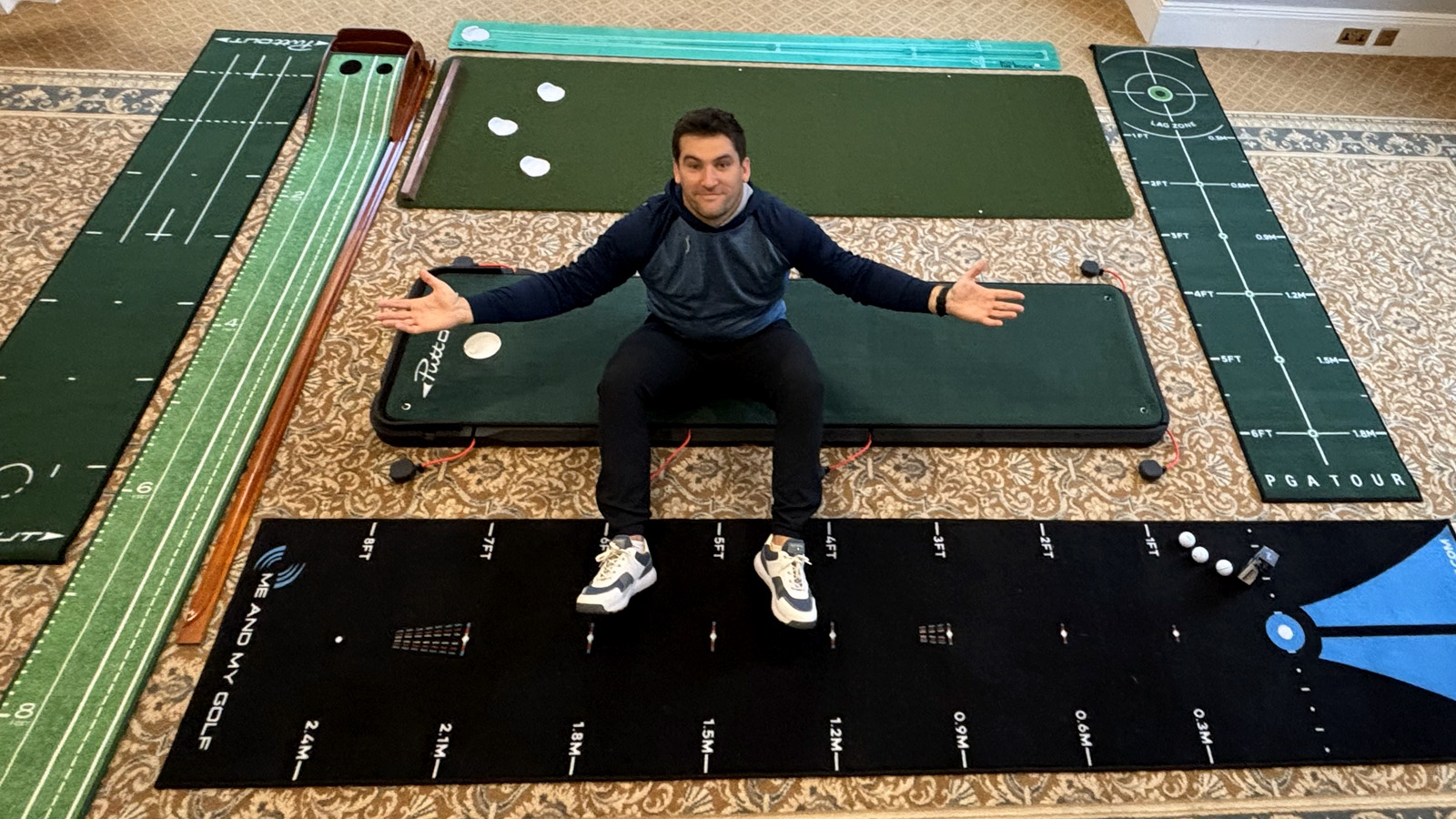 Do Putting Mats Help Improve Your Putting?
Do Putting Mats Help Improve Your Putting?Former professional golfer Sam De’Ath sheds light on whether or not a home putting mat can help improve your performance on the greens
By Sam De'Ath
